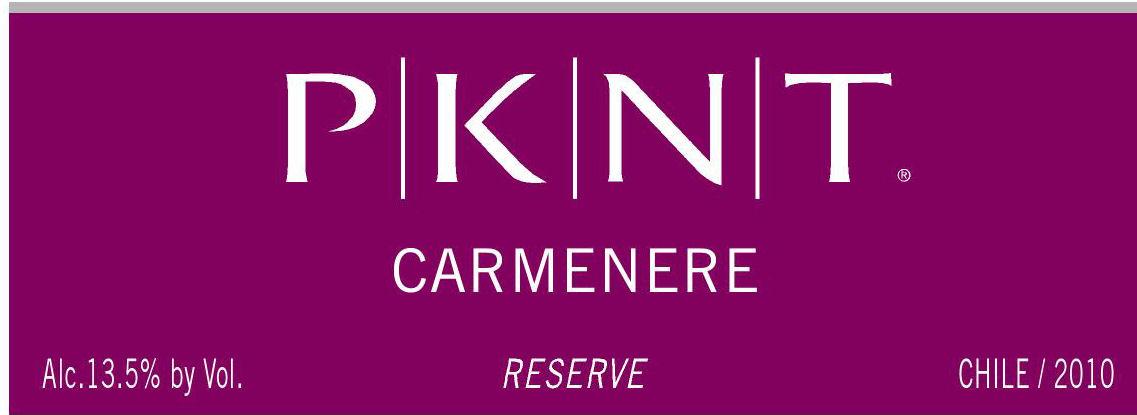2010 Rapel Valley Carmenere
The Pknt Carmenere Reserve from the Rapel Valley is a captivating red wine from the 2010 vintage that showcases the unique characteristics of the Carmenere varietal. This wine presents a full-bodied profile, offering a satisfying depth on the palate. The acidity is lively and refreshing, balancing the flavors beautifully. Notably, the fruit intensity is prominent, with rich notes of dark berries and plum that harmonize seamlessly with hints of spice and earth. The tannins are notable yet smooth, providing structure without overwhelming the wine, making it approachable and enjoyable. As an added bonus, the wine is dry, perfect for pairing with a variety of meals or simply savoring on its own. This elegant offering showcases the best of the Rapel Valley’s terroir, making it a delightful choice for wine enthusiasts.
The Pknt Carmenere Reserve from the Rapel Valley is a captivating red wine from the 2010 vintage that showcases the unique characteristics of the Carmenere varietal. This wine presents a full-bodied profile, offering a satisfying depth on the palate. The acidity is lively and refreshing, balancing the flavors beautifully. Notably, the fruit intensity is prominent, with rich notes of dark berries and plum that harmonize seamlessly with hints of spice and earth. The tannins are notable yet smooth, providing structure without overwhelming the wine, making it approachable and enjoyable. As an added bonus, the wine is dry, perfect for pairing with a variety of meals or simply savoring on its own. This elegant offering showcases the best of the Rapel Valley’s terroir, making it a delightful choice for wine enthusiasts.




